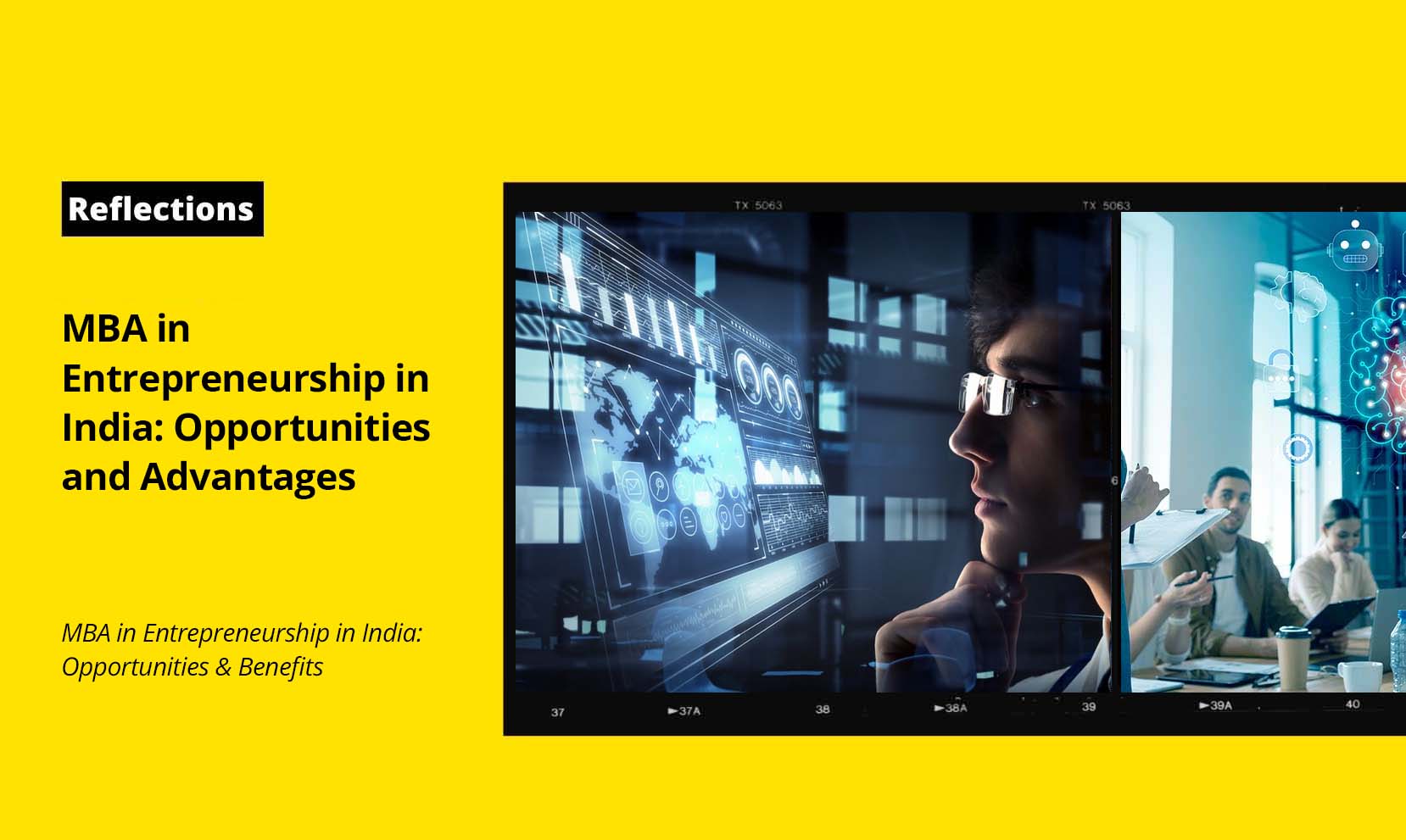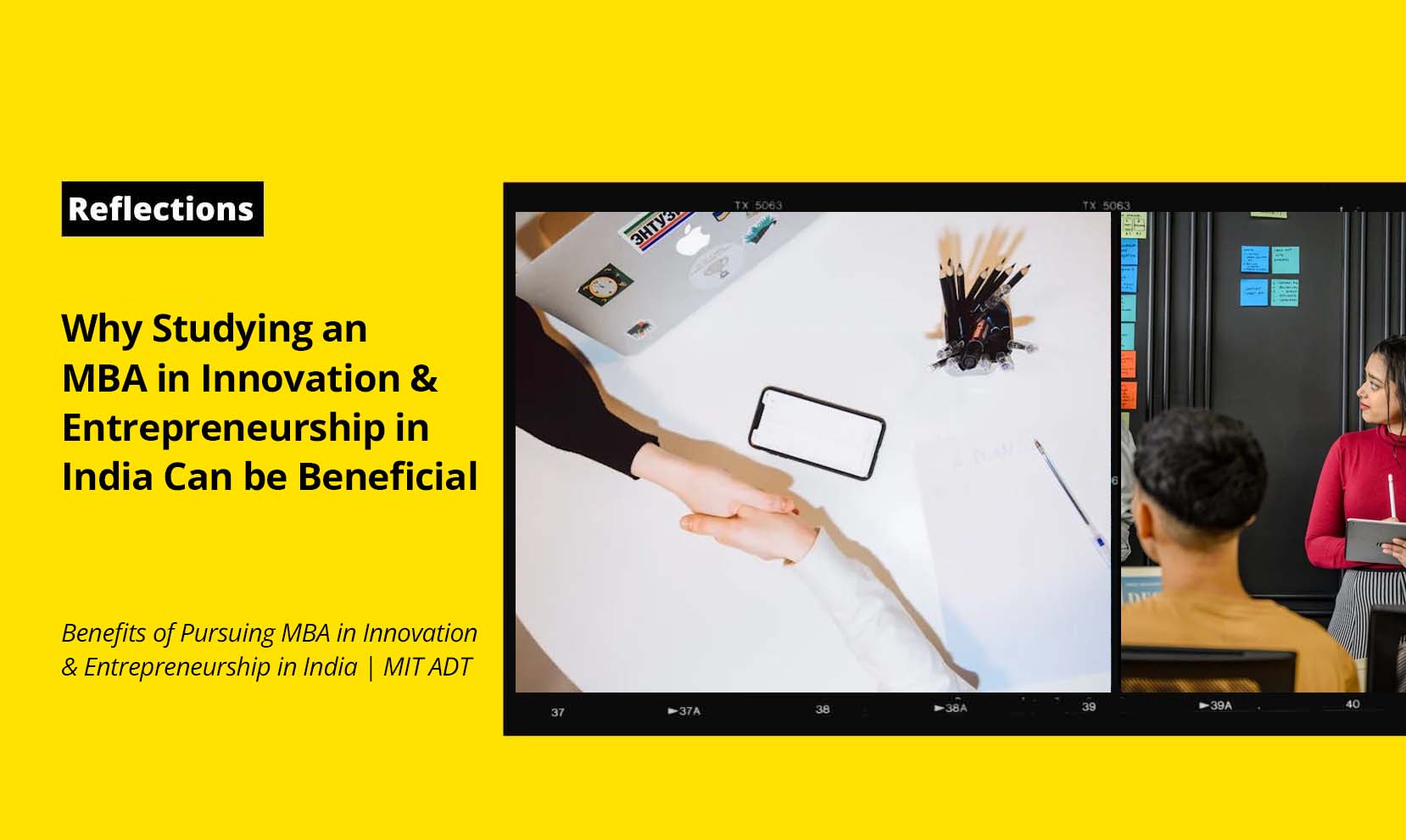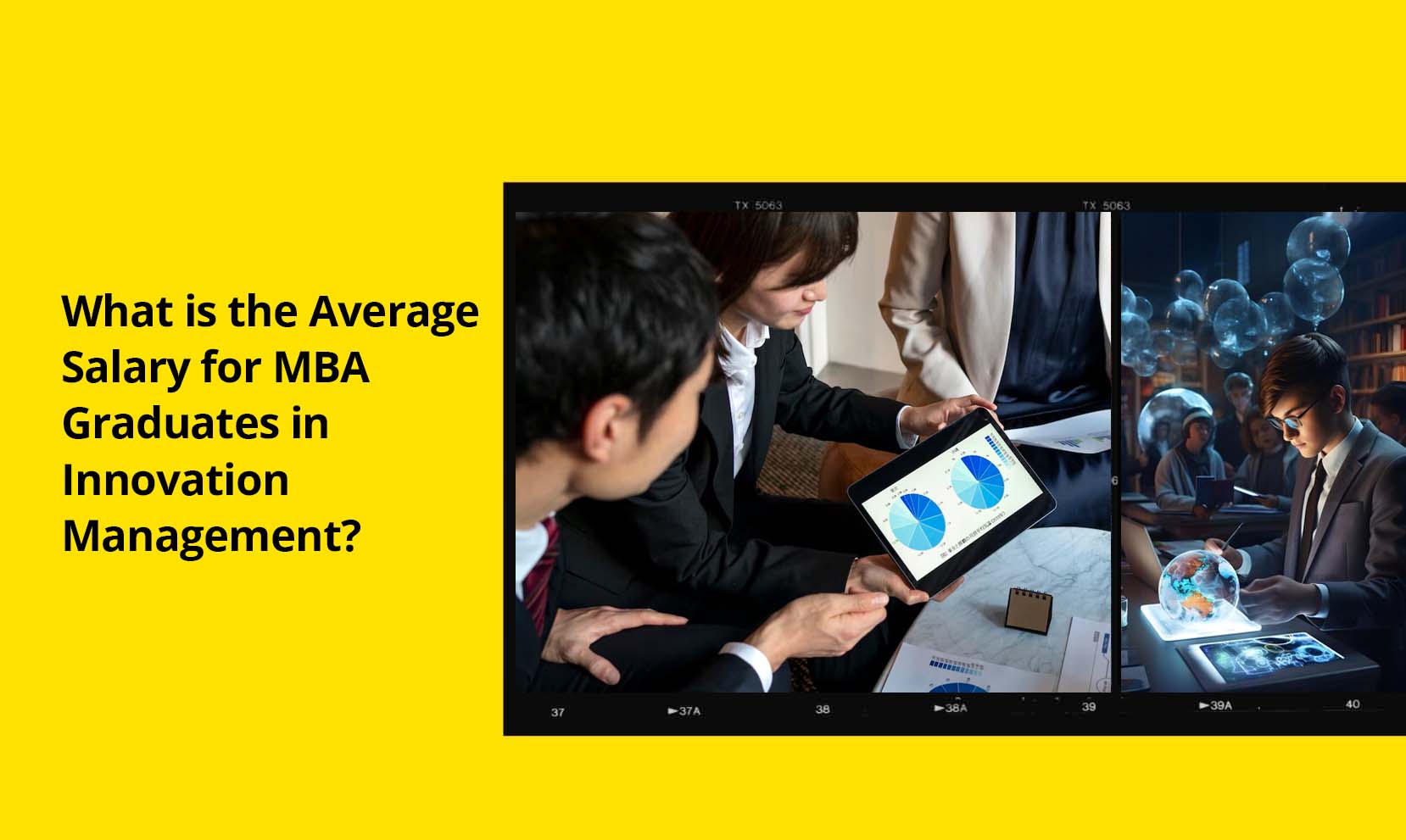Open Innovation
With a discovery or invention happening every day, the chances of not landing on an already used idea are pretty unlikely. People make as many efforts as possible to build a product, service, or solution that is distinctive. Nonetheless, the task of innovation can be tough to achieve, and companies have to turn towards the employees of their entire company and sometimes external sources too. The term used for such a phenomenon is Open Innovation. Read ahead to find out about open innovations in-depth.
What is Open Innovation?
Open Innovations can be defined as a business practice where the organization sources ideas from internal sources, i.e., employees, friendly rival companies, partners, suppliers, and external stakeholders. These innovative ideas are acquired for many reasons like building a new product, building a new service, resolving a problem, etc. Open Innovation is a cost-effective and convenient option rather than a traditional research & development team.
A writer introduced the concept of open innovations in the 2000s. He defined open innovations as an inflow and outflow of knowledge for internal innovation and external use of innovation. The idea popularized over the years, and all industries have adopted this practice. According to a survey, 91% of marketers manage organization-wide innovation as innovation is one of the most vital marketing strategies.
Open Innovations can be categorized as per the type of human resource inclusion:
- Intercompany (corporate accelerator)
- Intracompany
- Experts of the Industry
- Open to Public
Example of Open Innovation
Many companies have used open innovations to gain information for new products, market their product, and leverage their product with customer feedback. Here are some examples of open innovation used by multinational companies across the globe:
- Samsung
Samsung implemented open innovation through intercompany programs. The Samsung Accelerator Program brought entrepreneurs, innovators, designers, and experts together. These individuals were given office spaces and resources to develop new and innovative ideas.
With this initiative, Samsung tried to open several open innovations like mergers, partnerships, venture capital funding, and corporate acceleration. Through open innovation, Samsung came up with new product ideas.
- NASA
NASA collaborated with Harvard Business School, London Business School, and Top Coders to create a mathematical algorithm for medical kits that were to be taken in space. Around 2833 codes were created with this initiative. Winners were rewarded with money prizes and were allowed to view the shuttle mission launches.
- GE
GE has used open innovation in various initiatives. GE Open Innovations is used to address world problems. Open Innovation Manifesto connects experts and entrepreneurs to discuss and solve the required problem.
Another open innovations project of GE is First Build, where both internal and external sources come together to share ideas and create new home appliance products. The winning product was manufactured and made available for purchase. GE does the manufacturing. Over the last decade, GE has accumulated a revenue of $232 billion through open innovations.
- Philips
Philips developed an R&D ecosystem back in 1998 on the theory of open innovation. The ecosystem is now known as High Tech Campus Eindhoven. Over 200 entrepreneurs and product developers come together to create new ventures; these ventures help solve world problems like climate change, overpopulation, etc.
MIT ID Innovation – Gateway to New Perspectives
To understand open innovation and its process in detail, become a part of innovation courses offered by MIT ID Innovation. Our courses on innovation management and design thinking will instill a new skill and curiosity in you to think out of the box. Become an asset with your Innovation at MIT ID Innovation!



